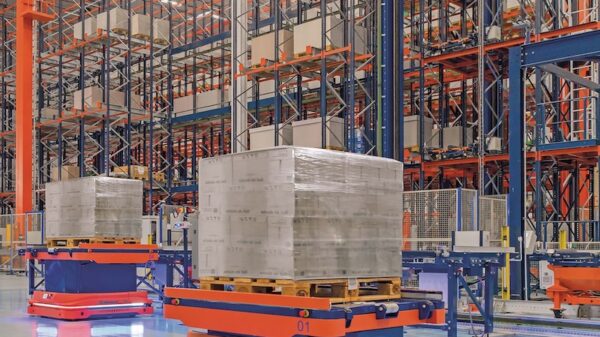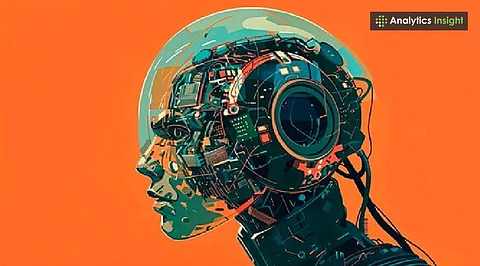The rise of Artificial Intelligence (AI) is prompting businesses to rethink their organizational structures and creative processes. Companies are now exploring how to use AI not just as a tool but as a collaborative partner, aiming to enhance decision-making and innovation. By embracing AI’s capabilities, organizations can maximize their investments and harness the full potential of human creativity.
AI is increasingly recognized as a powerful cognitive enhancer, combining machine precision with human traits such as empathy, curiosity, and purpose. This partnership encourages a shift in perspective, where AI is seen as a collaborator rather than a competitor. The synergy between AI and human ingenuity can lead to innovative solutions that resonate on a deeper level, as machines handle data analysis while humans provide context, emotional intelligence, and ethical considerations.
The Shift in Organizational Structures
As businesses adapt to the AI landscape, they are moving away from traditional hierarchies toward more fluid networks. This transformation allows for cross-functional collaboration, where decisions can emerge from real-time data sharing rather than a top-down approach. Organizations are becoming more agile, enabling them to respond to market trends swiftly and effectively.
Initially, companies adopted AI primarily for cost optimization. However, the focus has since expanded to include strategic agility, where data analytics and machine learning are leveraged to anticipate market demands and uncover new growth opportunities. By shifting from merely managing data to transforming it into actionable intelligence, businesses can create human-centered solutions that deliver tangible results.
Essential Skills for the AI Era
To successfully integrate AI into their operations, organizations must cultivate three critical skills. First, teaching AI agents the organization’s goals is essential. While AI can generate solutions, humans excel at asking the right questions. By fostering curiosity, employees can identify root problems and ensure that AI outputs align with core values.
Second, empathy plays a vital role in this partnership. Machines lack the ability to interpret emotional nuances or understand cultural contexts. Humans must step in to navigate these complexities, whether in product design or team dynamics. This ensures that solutions resonate with the intended audience and adhere to ethical standards.
Lastly, a commitment to human-centric design is necessary. Organizations should prioritize people over algorithms, ensuring that AI prototypes are tested and refined based on genuine human feedback. This approach helps bridge the gap between technology and the human experience, leading to more effective outcomes.
As leaders embrace this new era, the emphasis must be on transforming how value is created and decisions are made. The evolving landscape of AI serves as a gateway to untapped sources of inspiration, enabling teams to tackle challenges from diverse perspectives. By designing workflows that position AI as a cognitive partner, organizations can unlock new possibilities while retaining ultimate decision-making authority in the hands of humans.
The collaboration between AI and human creativity is not merely a futuristic vision; it is an ongoing reality. Future workplaces may feature personalized intelligent assistants that manage routine tasks and support strategic planning, thereby allowing employees to focus on higher-order thinking and innovation.
As the business world transitions toward this augmented future, effective leadership will be crucial. Leaders must ensure that AI recommendations align with long-term goals and societal values. This requires a fundamental rethinking of organizational operations, emphasizing a balance between technology integration and transformative change.
In conclusion, the future of work lies in embracing AI as a strategic partner rather than a threat. By leveraging the strengths of both humans and machines, organizations can navigate the complexities of the digital age with clarity and confidence. Those who prioritize empathy, curiosity, and innovation will thrive in this new landscape, shaping a future where technology enhances, rather than diminishes, human impact.





































































